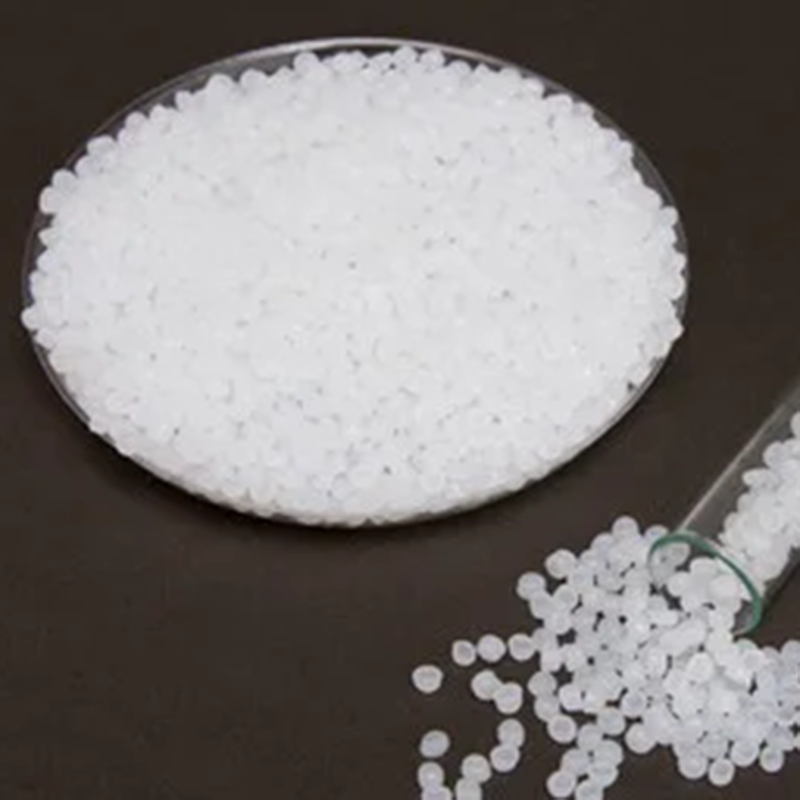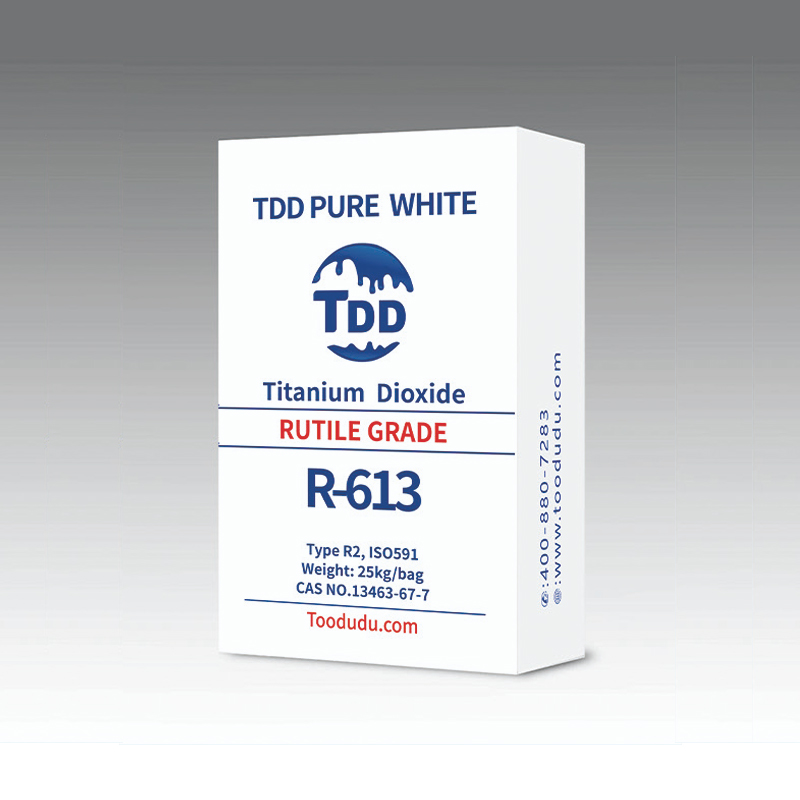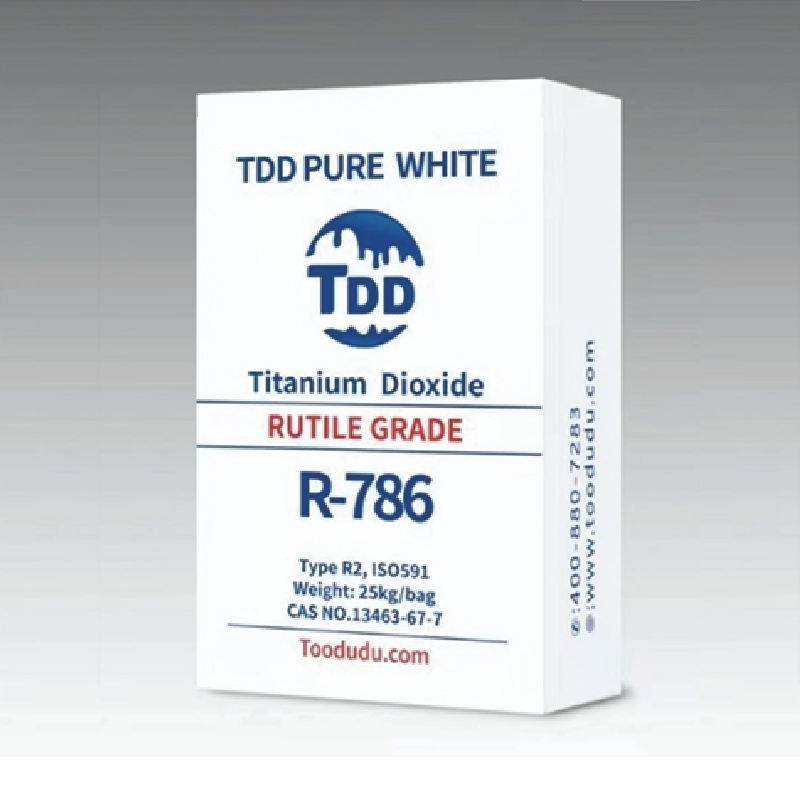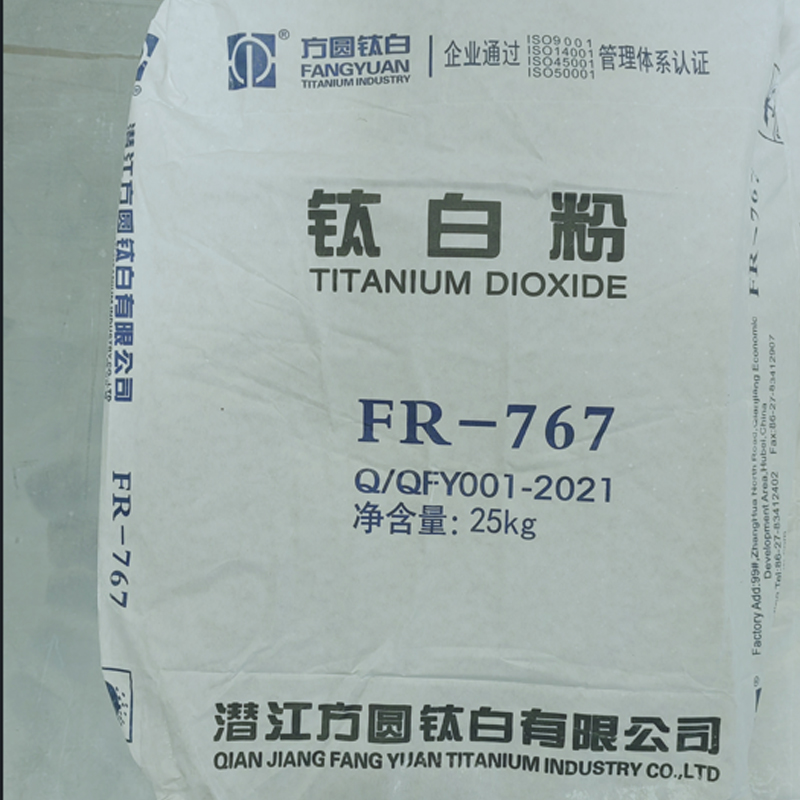Carbon dioxide is a carbon-oxygen compound with the chemical formula CO2 and a chemical formula quantity of 44.0095. It is a colorless and odorless or colorless and odorless gas at normal temperature and pressure, and its aqueous solution has a slightly sour smell. It is also a common Greenhouse gases are also one of the components of air (accounting for 0.03%-0.04% of the total volume of the atmosphere).
In terms of physical properties, carbon dioxide has a melting point of -56.6°C (527kPa), a boiling point of -78.5°C, is denser than air (under standard conditions), and is soluble in water.
In terms of chemical properties, carbon dioxide is chemically inactive and has high thermal stability (only 1.8% decomposes at 2000°C). It cannot burn and usually does not support combustion. It is an acidic oxide and has the properties of an acidic oxide. Since it reacts with water to form carbonic acid, it is an anhydride of carbonic acid.
Carbon dioxide can generally be produced by calcining limestone at high temperatures or by the reaction of limestone and dilute hydrochloric acid. It is mainly used in refrigeration of perishable food (solid state), as refrigerant (liquid state), in the manufacture of carbonized soft drinks (gaseous state) and as a solvent for homogeneous reactions ( supercritical state), etc. Regarding its toxicity, research shows that low concentrations of carbon dioxide are not toxic, while high concentrations of carbon dioxide can poison animals.
On April 13, 2023, the 742nd Academic Symposium of the Xiangshan Science Conference was held. Experts pointed out that carbon dioxide utilization technology has huge potential. As of June 2023, global greenhouse gas emissions have reached a “record high” in the past 10 years, with up to 54 billion tons of carbon dioxide emitted annually.
Molecular Structure #
The shape of the CO2 molecule is linear, and its structure was once thought to be: O=C=O. However, the carbon-oxygen bond length in the CO2 molecule is 116pm, which is between the carbon-oxygen double bond (bond length 124pm) and the carbon-oxygen triple bond (bond length 113pm), so the carbon-oxygen bond in CO2 has a certain degree of triple bond length. key characteristics.
Modern scientists generally believe that the central atom of the CO2 molecule, the carbon atom, adopts sp hybridization. The two sp hybrid orbitals overlap with the 2p orbitals (containing one electron) of the two oxygen atoms to form two σ bonds. The p atoms on the carbon atoms are perpendicular to each other. The orbitals then form two large π bonds with the parallel p orbitals of the two oxygen atoms.
Generating pathway #
Carbon dioxide gas is part of the atmosphere (accounting for 0.03%-0.04% of the total volume of the atmosphere). It is abundant in nature. Its main production pathways are as follows:
① Organic matter (including animals and plants) decomposes, ferments, decays, and deteriorates. Carbon dioxide can be released during the process.
② Carbon dioxide is also released during the combustion of petroleum, paraffin, coal, and natural gas.
③Petroleum and coal also release carbon dioxide during the production of chemical products.
④ All feces and humic acid can also release carbon dioxide during fermentation and maturation. ⑤All animals inhale oxygen and exhale carbon dioxide during respiration.
Preparation #
Industrial preparation #
Calcination method #
The carbon dioxide gas produced during the high-temperature calcining of limestone (or dolomite) is washed with water, impurities removed, and compressed to produce gaseous carbon dioxide.
Fermentation gas recovery method #
The carbon dioxide gas produced during the fermentation process of ethanol production is washed with water, impurities removed, and compressed to produce carbon dioxide gas.
By-product gas recovery method #
The production process of ammonia, hydrogen, and synthetic ammonia often involves a decarbonization (ie, removal of carbon dioxide from the gas mixture) process, so that high-purity carbon dioxide gas can be obtained by absorbing the carbon dioxide in the mixed gas under pressure and heating and desorbing under reduced pressure.
adsorption expansion method #
Generally, the by-product carbon dioxide is used as the raw material gas, and high-purity carbon dioxide is extracted from the adsorption phase using the adsorption expansion method, and the product is collected with a cryogenic pump; it can also be produced by adsorption distillation, which uses silica gel, 3A molecular sieve and activated carbon as adsorbents. , remove some impurities, and produce high-purity carbon dioxide products after distillation.
Charcoal kiln method #
Carbon dioxide is refined from carbon kiln gas and methanol cracking gas.
Main Application #
High-purity carbon dioxide is mainly used in the electronics industry, medical research and clinical diagnosis, calibration gas for carbon dioxide lasers, testing instruments and the preparation of other special gas mixtures. It is used as a regulator in polyethylene polymerization reactions.
Solid carbon dioxide is widely used to refrigerate dairy products, meat, frozen foods and other perishable foods in transit. It is used as a refrigerant in many industrial processes, such as crushing heat-sensitive materials, rubber polishing, metal cold processing, and shrink assembly of mechanical parts. , vacuum cold trap, etc.
Gaseous carbon dioxide is used for carbonization of soft drinks, pH control in water treatment processes, chemical processing, food preservation, inert protection of chemical and food processing processes, welding gas, plant growth stimulant, in casting for hardening molds and cores and for Pneumatic devices are also used as diluents for sterilizing gas (i.e., mixed gases of ethylene oxide and carbon dioxide are used as sterilizing, insecticide, and fumigant) and are widely used in the sterilization of medical equipment, packaging materials, clothing, fur, bedding, etc. , bone meal disinfection, fumigation of warehouses, factories, cultural relics, books).
Liquid carbon dioxide is used as a refrigerant, for low-temperature testing of aircraft, missiles and electronic components, to enhance oil well recovery, for rubber polishing and to control chemical reactions, and as a fire extinguishing agent.
Supercritical carbon dioxide can be used as a solvent to dissolve non-polar, non-ionic and low molecular weight compounds, so it is widely used in homogeneous reactions.
Security Measures #
Natural Environment #
Natural greenhouse effect: Greenhouse gases such as carbon dioxide in the atmosphere can radiate longer-wavelength long-wave radiation to the ground after strongly absorbing long-wave radiation from the ground, which plays a role in insulating the ground.
Enhanced greenhouse effect: Since the industrial revolution, human activities have emitted large amounts of carbon dioxide and other greenhouse gases, causing the concentration of greenhouse gases in the atmosphere to rise sharply, resulting in an increasingly enhanced greenhouse effect. [43] According to statistics, before industrialization, the global annual average atmospheric carbon dioxide concentration was 278ppm (1ppm is one part per million). In 2012, the global annual average atmospheric carbon dioxide concentration was 393.1ppm. By April 2014, the atmospheric concentration in the northern hemisphere was 393.1ppm. The average carbon dioxide concentration exceeded 400ppm for the first time.
Global warming: The continuous intensification of the atmospheric greenhouse effect has led to global warming, resulting in a series of global climate problems that are unpredictable by today’s science. The International Climate Change Economics Report shows that if humans continue to maintain the current lifestyle, there will be a 50% chance that the global average temperature will rise by 4°C by 2100. If the global temperature rises by 4°C, the glaciers in the Arctic and Antarctic will melt, and sea levels will rise. More than 40 island countries and the most populous coastal cities in the world will be in danger of being submerged. Tens of millions of people around the world will be inundated. Life will face crises, and even global ecological balance disorders will occur, eventually leading to large-scale migration and conflicts around the world.
Human Health #
Studies have shown that when the concentration of carbon dioxide in the air is less than 2%, there is no obvious harm to humans. If the concentration exceeds this concentration, it can cause damage to human respiratory organs. That is, carbon dioxide is generally not a toxic substance, but when the concentration of carbon dioxide in the air exceeds a certain limit, Sometimes, the body will be poisoned, and high concentrations of carbon dioxide will make people suffocate.
Animal experiments have proven that in air with normal oxygen content (20%), the higher the concentration of carbon dioxide, the higher the mortality rate of animals. At the same time, animal death caused by pure carbon dioxide is more rapid than death caused by lower oxygen. In addition, some people believe that under low oxygen conditions, carbon dioxide with a concentration of 8% to 10% can cause death of humans and animals in a short period of time.

 2024-02-19
2024-02-19 



